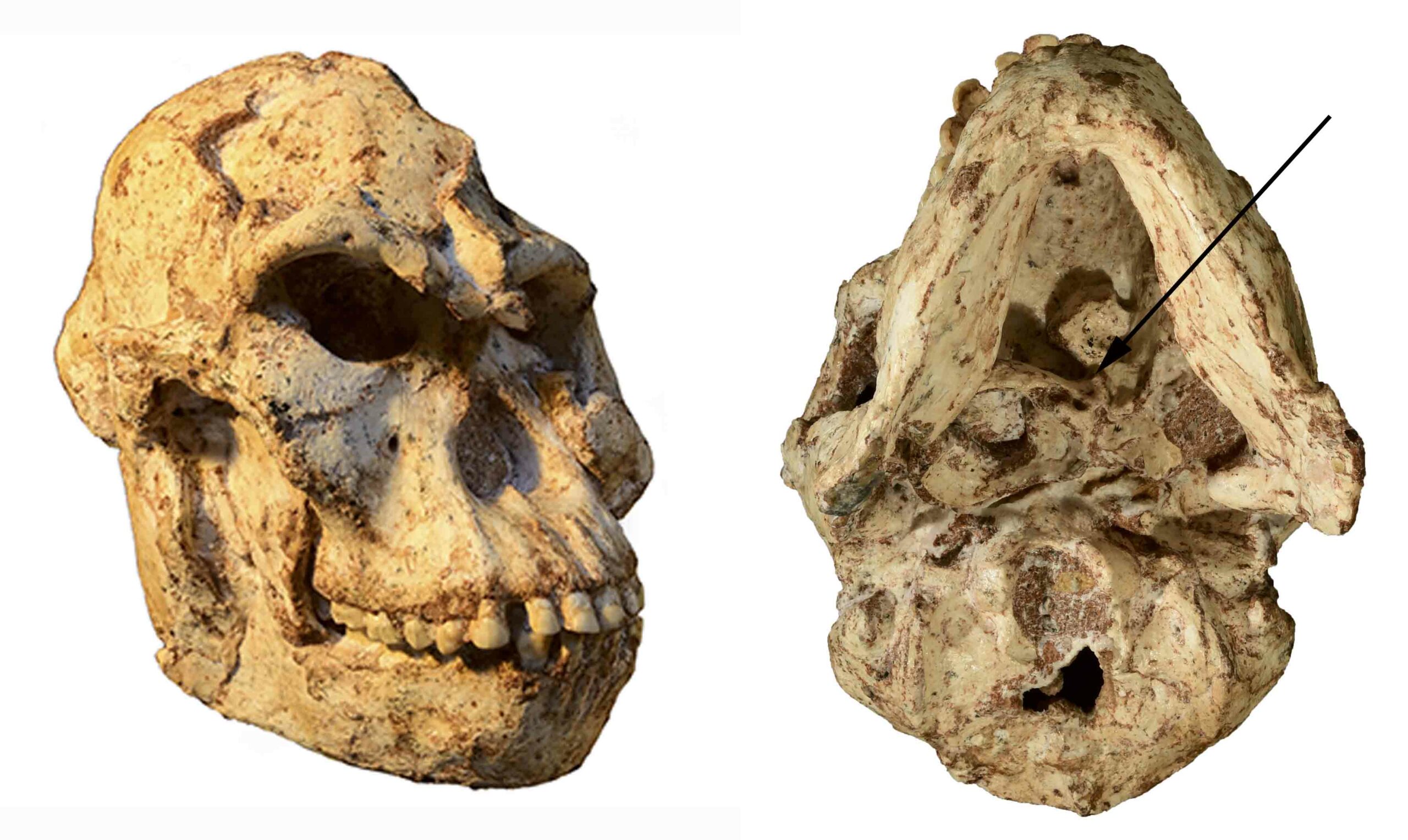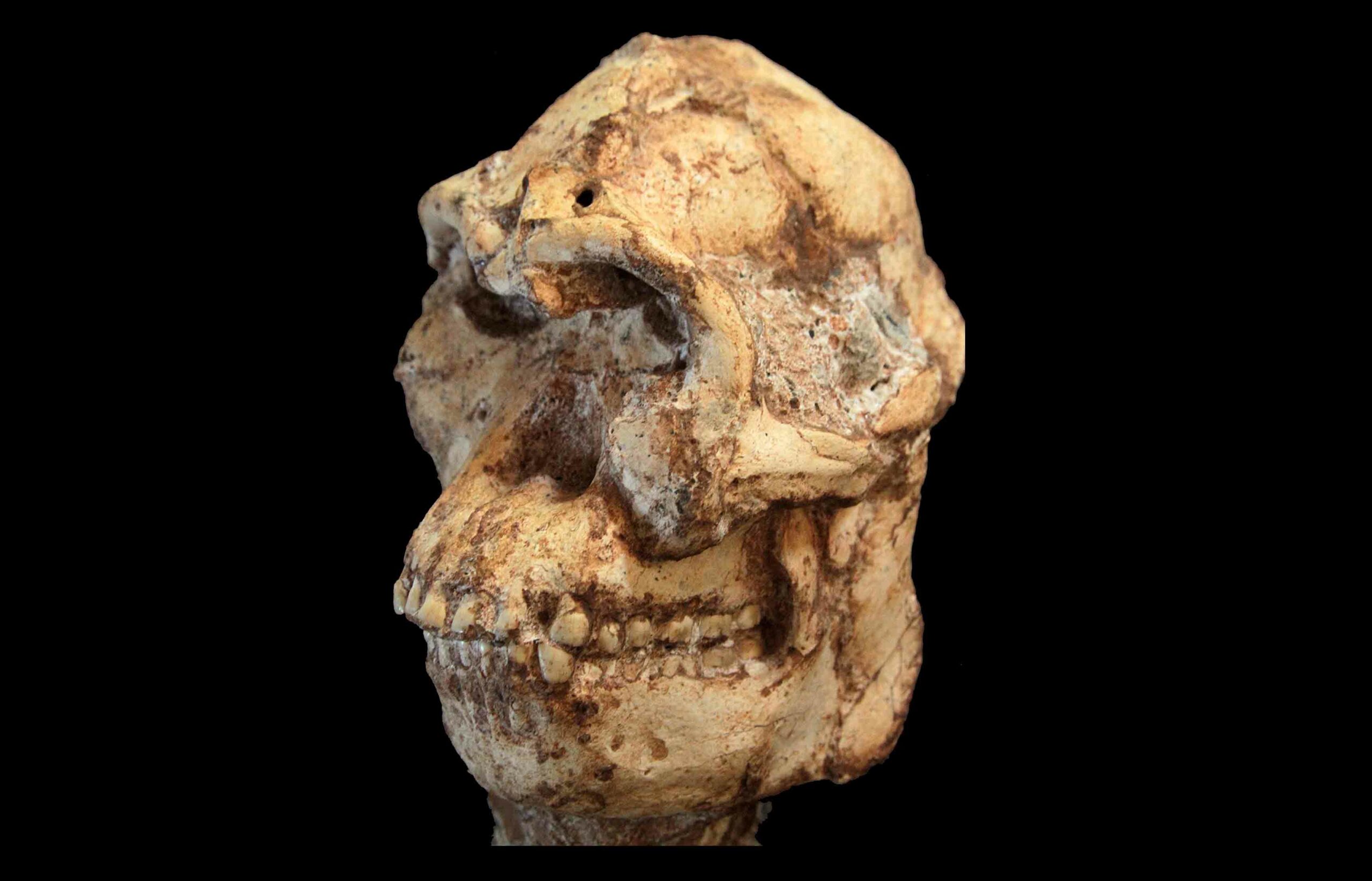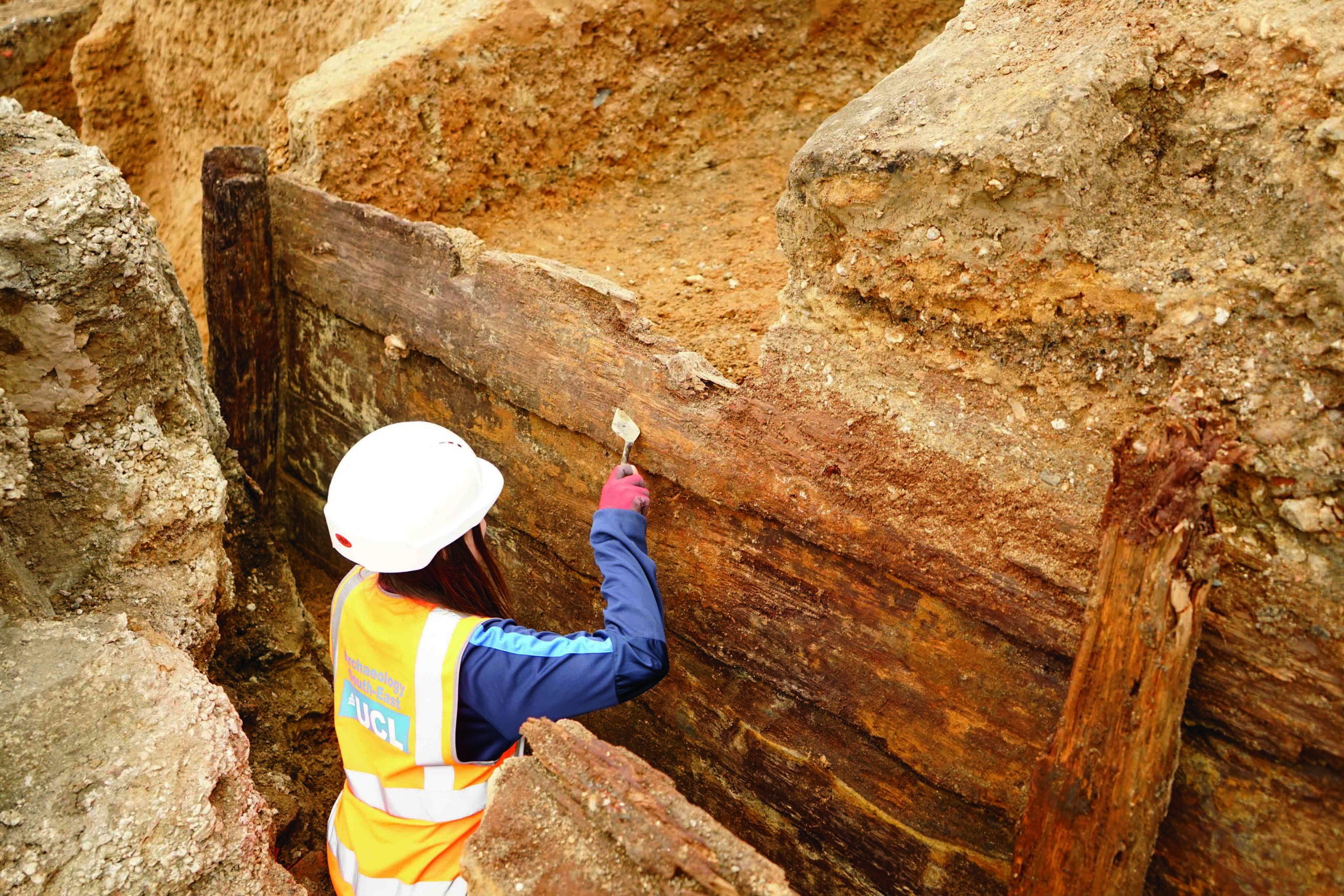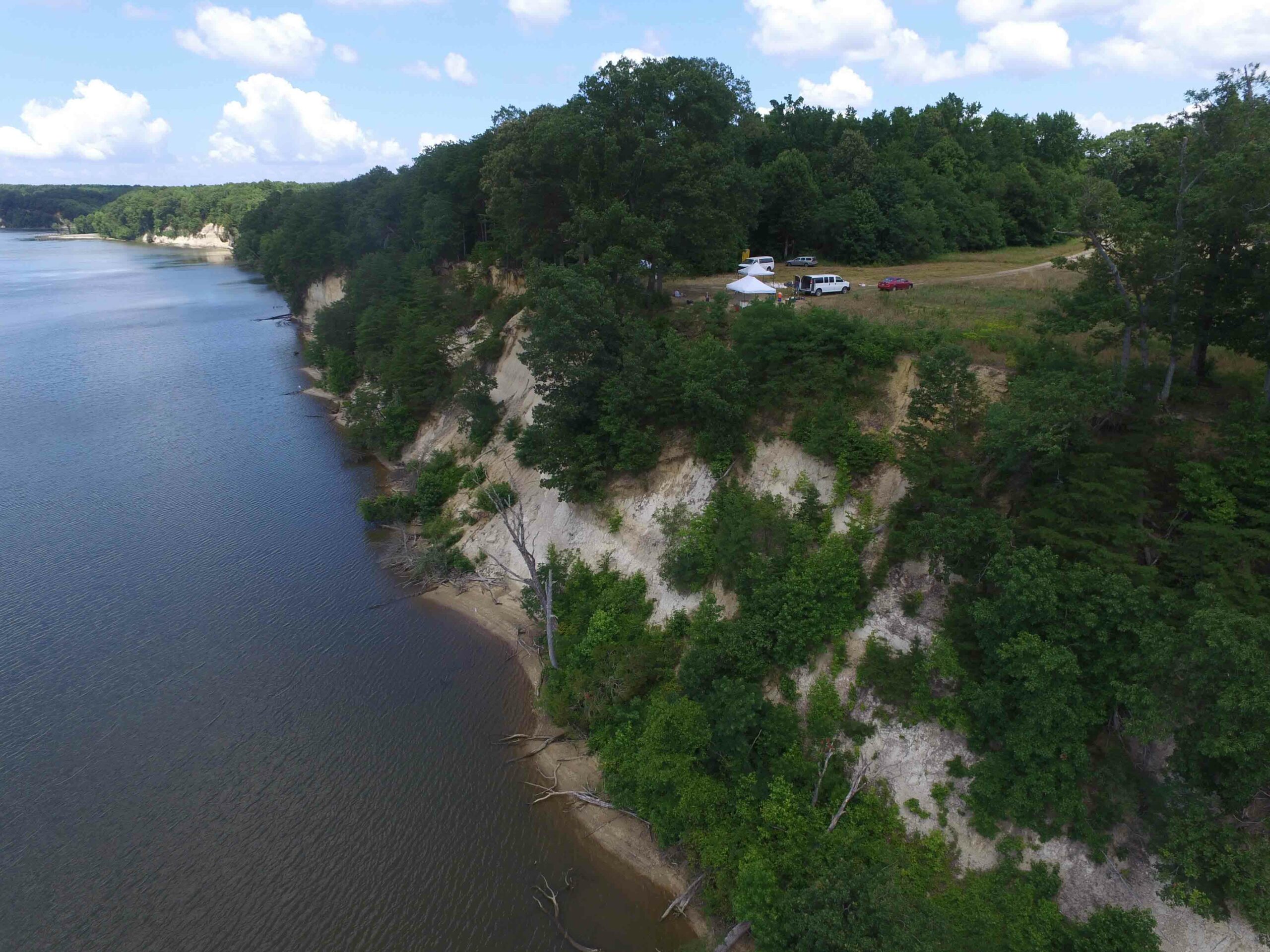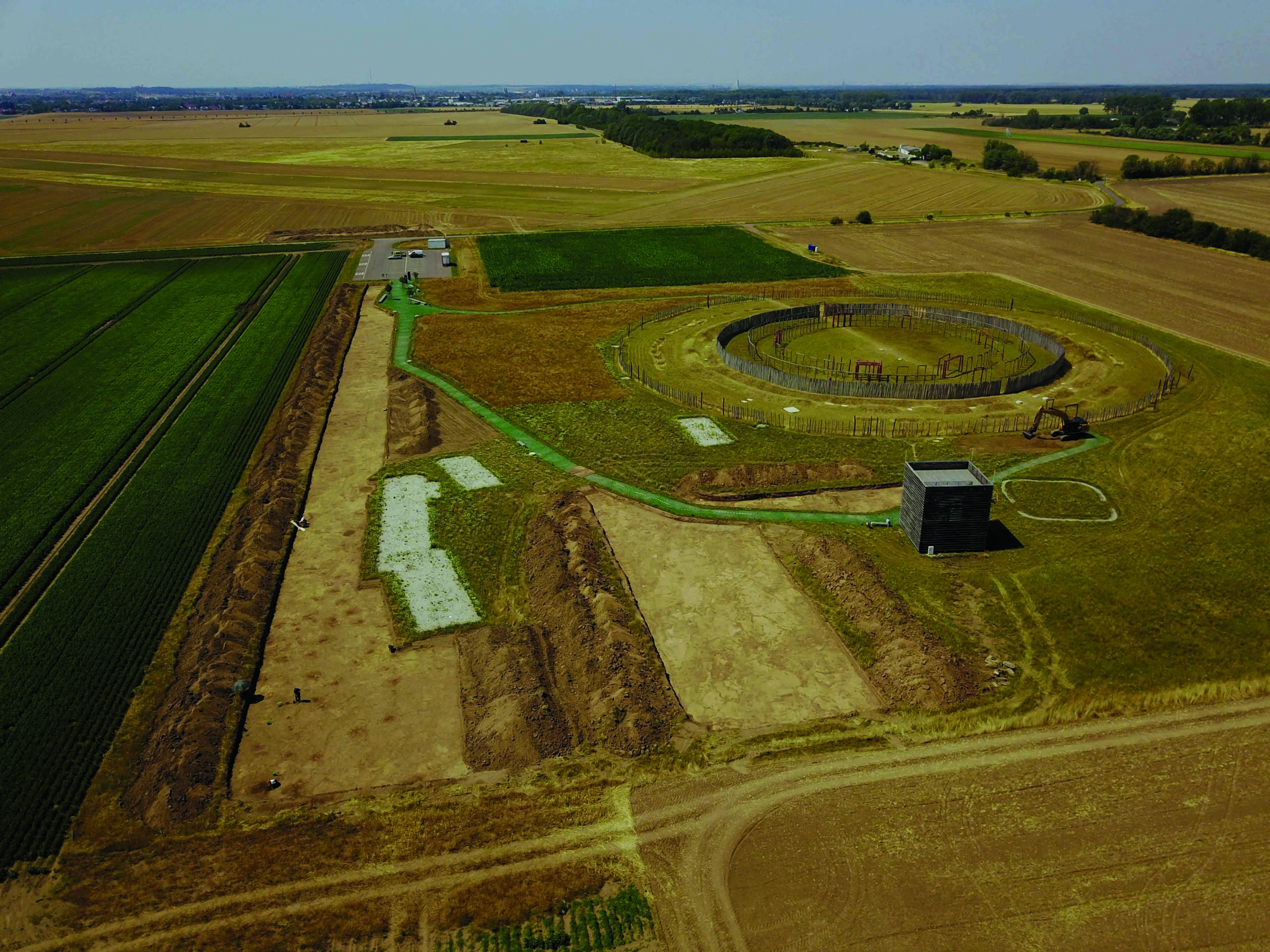
OXFORD, ENGLAND—BBC News reports that the skull of “Little Foot” traveled from South Africa to Britain, where it was examined at Diamond Light Source with synchrotron X-ray imaging technology. Ron Clarke of the University of the Witwatersrand explained that the nearly complete remains of this possible early human ancestor were discovered in the 1990s in South Africa’s Sterkfontein Caves, dated to 3.67 million years ago, and identified as Australopithecus prometheus. Little Foot’s anatomy suggests Australopithecus prometheus had a chimpanzee-size brain, a gorilla-like face, strong hands able to climb trees, and legs capable of upright locomotion. The non-invasive study allowed the scientists to produce highly detailed images of the skull. Paleoanthropologist Amélie Beaudet of the University of Cambridge said signs of periods of distress during childhood, such as malnutrition or disease, were recorded in the well-preserved dental tissues. The images also revealed vascular canals in the cranial vault that are similar to those found in modern humans. In modern humans, the vessels are thought to help keep the brain at the right temperature. “It was only later in evolution that the brain grew dramatically,” Beaudet explained. For more on Little Foot, go to "Sticking Its Neck Out."


